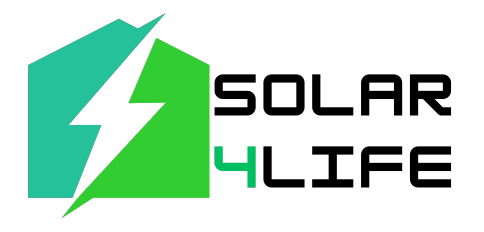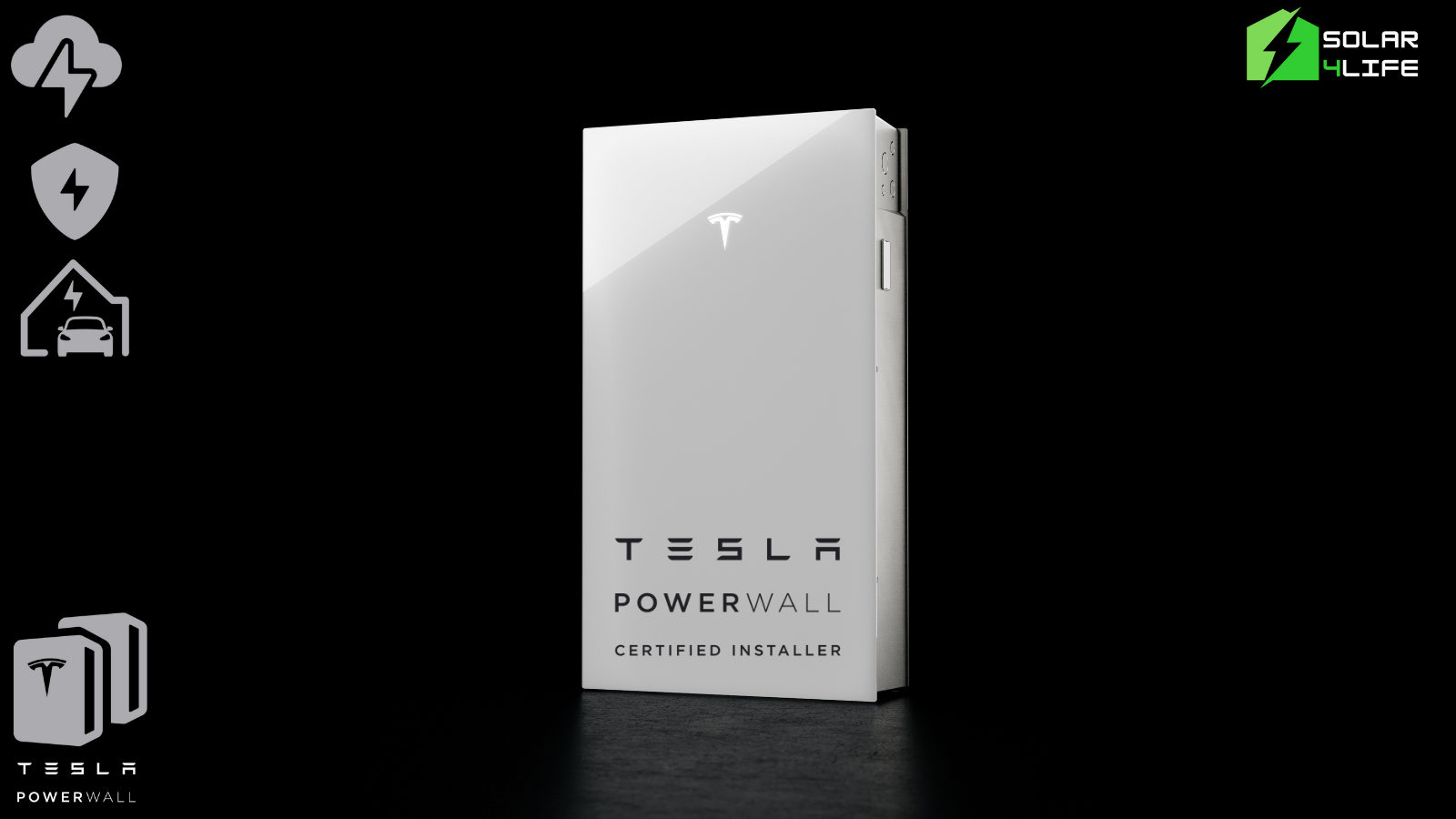Tesla has launched its Powerwall 3 in Australia as of August 2024, offering significant improvements over previous models, particularly in power output and integration. With the same 13.5 kWh storage capacity as the Powerwall 2, the Powerwall 3 stands out for its 11.5 kW continuous power output, more than double that of its predecessor. This increased power allows it to run energy-intensive appliances like air conditioners, pool pumps, and even electric vehicle chargers during power outages or peak energy demand periods, making it ideal for large households or businesses.
A key feature of the Powerwall 3 is its integrated 11.04 kW solar inverter, supporting up to 20 kW of solar input. This integration simplifies installation for new solar-plus-storage systems by reducing the need for separate inverters, which can lower costs. However, for homes with existing solar systems, the added inverter could render previous equipment redundant, something potential buyers should consider. The battery uses lithium iron phosphate (LFP) chemistry, which improves safety, longevity, and temperature performance, making it more suitable for Australia’s climate.
The system also supports scalability. Up to four Powerwall 3 units can be installed together, providing up to 54 kWh of storage and 40 kW of inverter capacity. Tesla is planning to release expansion packs in 2025, allowing for even more flexible storage upgrades without requiring new hardware installations.
The price for the Powerwall 3 is around AUD 13,600, including the Backup Gateway 2 required for grid integration and backup power management. Like previous models, it comes with a 10-year warranty and is designed to withstand extreme weather, including high humidity and flooding, making it a durable option for both indoor and outdoor installations.
This new generation of Tesla’s home battery system is a major leap forward in terms of power, efficiency, and flexibility, offering a solution that suits the needs of Australian households looking to maximize their solar energy use and reduce reliance on the grid.

